Dhading is one of the remote districts in the central region of Nepal. Although the district is located at the border of Kathmandu valley in the Bagmati Zone, many parts of it are still inaccessible by road. The topography stretched from the northern border of Chitwan and Makawanpur to join the Plateau of Tibet (China) representing diversified climate, vegetation, flora, and fauna. The social fabric of different caste and creeds also represents a variety of Indo-Aryan and Mongoloid cultures inherited from time immemorial.
The district extends from 27º 40′ N to 28º 14′ N Latitude and 84º E to 85º 1′ East longitude and is surrounded by Gorkha district in the west, Kathmandu and Nuwakot the east, Makawanpur and Chitwan in the south, and Rasuwa district in the north. The north frontier is also bordered by the Tibet Autonomous Region of the Peoples Republic of China. The shape of the district is like a military boot and represents different agro-climate zone comprising of the valley, Tars (flat land) to middle hills and high hills. It has a total area of 192,487 hectares.
The elevation ranges from 488 meters to 7409 meters above mean sea level. The highest peak of Ganesh Himal is 7409 meters high located in most parts of the district at Tipling VDC. The climate conditions are representative of a hill district in the Central Development Region of Nepal. The major climate zones found in Dhading district include the following.
Sub Tropical Zone in areas below 1000m. above mean sea level with the annual average temperature of above 20º C.
Temperature Zone in altitude between 1000-3000m. MSL with an annual average temperature between 10º – 20ºC.
Alpine Zone is greater than 3000 m above MSL with an average temperature of less than 10º C.
The average annual rainfall as recorded at Dhading Basi station is 2121.2 mm. The rainfall pattern is different due to altitudinal variations. The rainy season is the longest at VDCs located in the eastern area while it is slightly shorter in the western and northern parts. Usually, rainfall is in form of snow in high altitudes of Lapa, Sertung, Tipling, and Jharlang.
The district is administratively divided into 13 lakhs that consist of 50 VDCs in total. Each VDC is divided into 9 wards. Each ward is comprised of 1 to 4 clusters or hamlets depending upon the size of the population.
It is also one of the most backward districts which stand in 41st rank in Human Development Index (HDI) among 75 districts of Nepal. The district is entirely composed of the villages with fifty Village Development Committees with no municipalities. The district has poor development infrastructures like roads, electricity, and others. The district statistic shows only 39% of the population in the district has access to clean drinking water and only a small percentage of them have sanitary toilets. Most of the populations are based on subsistent agriculture and have low incomes for basic livelihood. It is commonly observed that a large percentage of the youth population are unemployed who are going for foreign employment nowadays.
There are 380,369 populations with a growth rate of 1.97 and an average family size is 5.4. The district has only a 43% adult literacy rate where the female literacy rate is considerably lower (33.81%) compared to the male (53.69%). The district has a high percentage (over 35%) of the poor and marginalized ethnic population. The main marginalized ethnic communities in the district are Tamang (19%), Dalits (9%), Chepangs (3%), and Kumals (1.2%). These ethnic communities have poorer socioeconomic conditions far behind the average population of the district.
The district is behind in health status compared to the national level. Although the health indicators are significantly improving over the years, the district is still behind in some of the key indicators. The child mortality rate (CMR) is 101.7/1000 Infant Mortality Rate (IMR) is 91.8/1000 and the average life expectancy is only 49.5 years. The health status of the marginalized communities is much worse than the average district situation. The occurrence of preventable and communicable diseases like skin diseases, diarrhea, gastritis, intestinal worms, typhoid, and ear infection among the top ten diseases reflects the poor health situation of people in the district.
